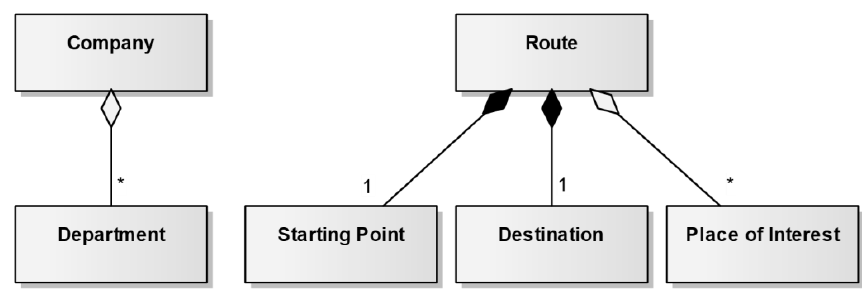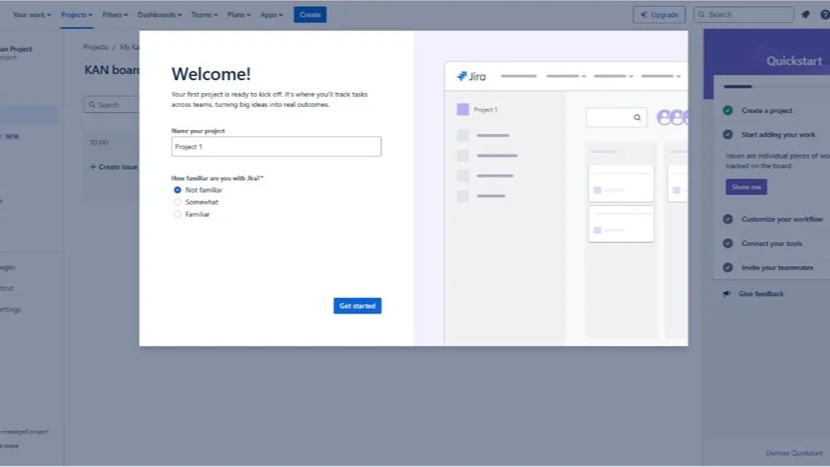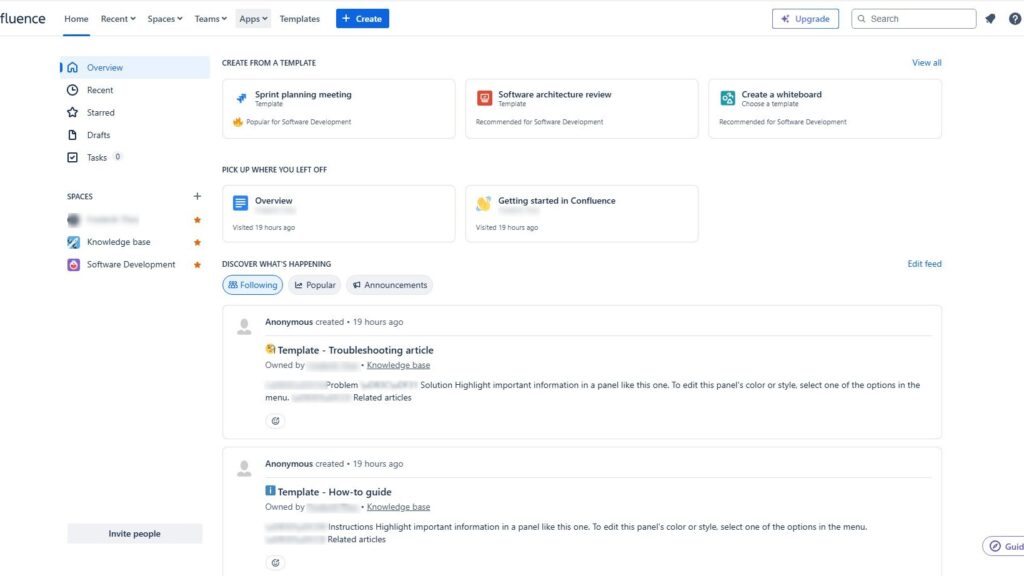As a requirements engineer, I often explore the depth of UML and how it visualizes system connections. Understanding what are UML aggregation and composition is essential for modeling effective “part/whole” relationships. These concepts show how one class can include or depend on another, helping us design systems with clear structure and hierarchy. In this article, I’ll explain what are UML aggregation and composition and how they make complex systems easier to understand.
What is UML
What is UML? The Unified Modeling Language (UML) is a standardized visual language used to describe, design, and document software systems. In requirements engineering, UML helps capture and communicate complex requirements clearly. For IT business analysis, it bridges the gap between business goals and technical implementation through structured diagrams. In project management, UML supports planning, alignment, and decision-making by providing a shared understanding of how a system should function.

What is Aggregation?
In UML, aggregation is a “has-a” relationship. It tells us that one class owns or is associated with other classes, but they can still exist independently. Aggregation connects a “whole” class to its “parts.” This relationship depicts with a line and a clear diamond shape at the end, pointing toward the whole.
For instance, imagine a Company and Department. The Company “has” departments, but each department can exist independently if the company dissolves. I like to think of aggregation as a soft connection between classes. It’s flexible and non-destructive.
Example:
- “A university has departments.”
- “A car has wheels.”
What is Composition?
Composition takes the “has-a” relationship further. Unlike aggregation, composition binds classes in a way that they depend on each other. If the “whole” is deleted, the “parts” are deleted too. In UML diagrams, this strong bond is marked with a solid diamond pointing toward the whole.
Consider e.g. a House and Room. If the House is destroyed, the Room no longer exists. In composition, each part relies on the existence of its whole. This dependency is what differentiates composition from aggregation.
Example:
- “A house is composed of rooms.”
- “A library is composed of bookshelves.”
Why Do We Use Aggregation and Composition?
Using these relationships makes diagrams clearer. Imagine e.g. building a complex system with multiple parts. Aggregation and composition allow me to express dependency visually, which improves understanding at a glance. Plus, when modeling, I save time by indicating these connections without extensive explanations.
Verbs and Nouns That Signal Relationships
Certain verbs and nouns naturally indicate these “part/whole” relationships. Thus, knowing these keywords can help identify aggregation and composition quickly.
- Verbs often hint at relationships. For instance:
- “consists of”
- “is composed of”
- “contains” If I say, “A car consists of wheels,” it signals aggregation.
- Nouns also help clarify relationships, such as:
- “part”
- “whole”
- “component”
Using these terms makes it easier to recognize connections in a diagram.
Example:
- “A university consists of departments” (aggregation).
- “A house is composed of rooms” (composition).
Wrapping Up
Understanding UML aggregation and composition empowers us to model systems accurately. With these, I can indicate dependencies and strengthen how my classes connect.
What’s Next?!
Now that you understand what UML is and how it supports requirements engineering, IT business analysis, and project management, it’s time to go a step deeper. In my next article, “Understanding the Syntax and Semantics of UML Classes,” I’ll explain how precise structure and meaning bring clarity to your models. Join me to discover how mastering UML syntax and semantics helps you create accurate, consistent, and professional system designs.
This text is based on content from the source: International Requirements Engineering Board (ireb.org). The International Requirements Engineering Board is the owner of the copyright.
| Read more about Jira and How to |
|---|
| Create a New View in a Jira Project Create a Filter in Jira Structure a Confluence Page for Requirements Validation Create a Jira Issue in a Confluence Page |




